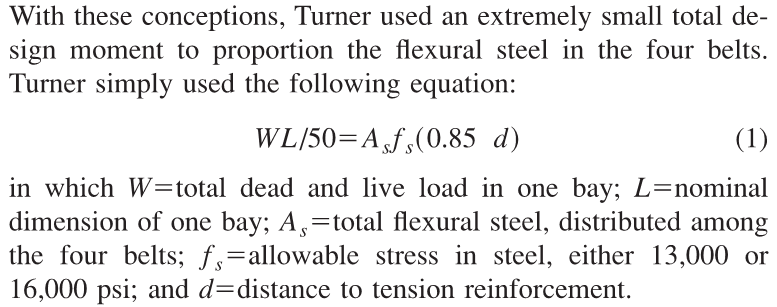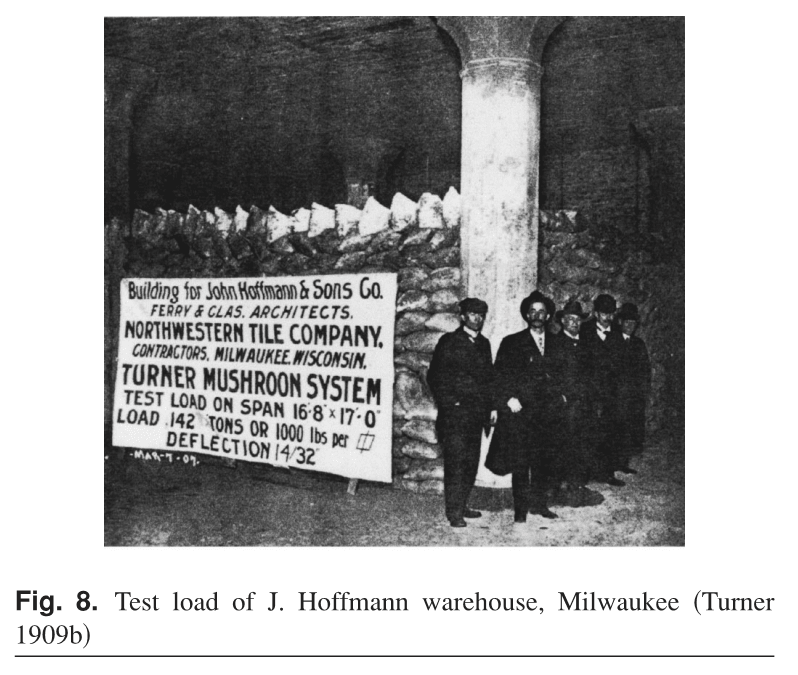Structural-eng.
Structural
Hello all. I am currently working on a project whereby we are required to evaluate and potentially reinforce an existing concrete slab due to the creation of a future 4 feet by 4 feet future opening for electrical conduits. We are dealing with a very old building that is in good shape (built in 1930). The challenge here, is that the rebar has been placed both orthogonally and diagonally (I am not sure what the reason is, we do not have any existing calculations). The future opening would therefore cut through what seems to be the main bottom bars. Can anyone please provide consultation on what should be done to reinforce the slab, and confirm that the diagonal bars are in fact the main column strip? Please see attached for the plan view snippet and the anticipated opening will be.
Eagerly awaiting your comments.
Thanks!
Eagerly awaiting your comments.
Thanks!





![[smile] [smile] [smile]](/data/assets/smilies/smile.gif)